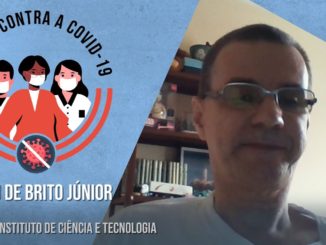
Upcycling Microbial Cellulose Scraps into Nanowhiskers with Engineered Performance as Fillers in All-Cellulose Composites
Abstract: Cellulose is everywhere and renovates in nature continuously and rapidly, while petroleum does not. Unlike the latter, cellulose biodegrades and may represent a carbon sink. Inspired by the multiscale architecture of cellulose, we report on all-cellulose composites comprising cellulose ether as a matrix and highly pure bacterial cellulose nanocrystals (BCNCs) as fillers. Optimum performance as a packaging material was achieved by engineering BCNC surface chemistry as well as the filler-in-matrix dispersion, targeting the replacement of unsustainable, fossil-derived plastics intended for single-use applications. Cost could pose a hurdle, eliminated through the valorization of underutilized scraps from industrial operations, which is also in line with the circular bioeconomy in terms of the integral use of biomass. As far as performance, the optically transparent hydroxypropyl methylcellulose (HPMC) films presented improved tensile strength (from 61 ± 6 to 86 ± 9 MPa) and Young’s modulus (from 1.5 ± 0.2 to 2.7 ± 0.4 GPa) while reduced elongation at break (from 15 ± 2 to 12 ± 2%) and water vapor permeability (from 0.40 ± 0.02 to 0.31 ± 0.01 g mm h–1 m–2 kPa–1) when filled with only 5 wt % of (120 ± 31) nm long, (13 ± 3) nm wide, 88% crystalline BCNC. This dual, win–win effect of BCNCs on the mechanical and barrier properties of HPMC films was enabled by a suitable dispersion state, achieved via high-energy mixing, and quenched by casting. This study adds to the current literature on all-cellulose composites and helps pave the route for the technical and economical feasibilities of replacing non-renewable, non-biodegradable plastics in short-term applications by materials that are both renewable and biodegradable, that are also produced through green protocols and isolated from surplus biomass, and that still perform similarly or even better.
Author(s): Melo, PTS; Otoni, CG; Barud, HS; Aouada, FA; Moura, MR
ACS Appl. Mater. Interfaces
Published: September 16, 2020




